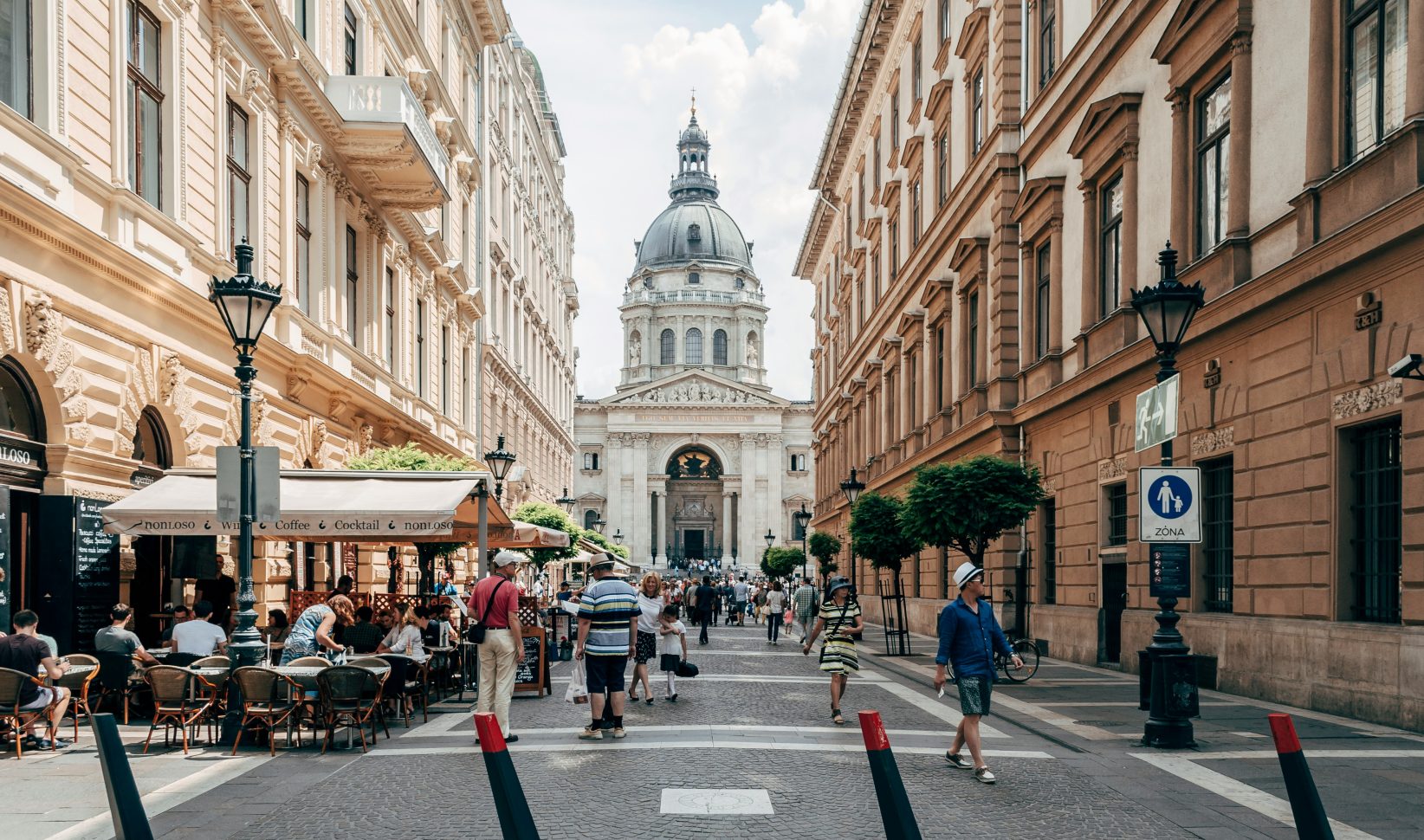Introduction to Budapest
Budapest, the capital city of Hungary, is often referred to as the "Paris of Eastern Europe". This nickname is due to the city’s stunning architecture, rich history, and cultural significance.
A City of Beauty and Charm
Budapest is a city that embodies the essence of European charm, with its picturesque streets, grand buildings, and scenic views of the Danube River. The city’s architecture is a mix of Gothic, Renaissance, and Baroque styles, giving it a unique and breathtaking appearance.
Historical Significance
Budapest has a long and complex history, with various cultures and empires leaving their mark on the city. From the Romans to the Ottomans, each has contributed to the city’s rich cultural heritage. The city is home to numerous historical landmarks, including the Parliament Building, St. Stephen’s Basilica, and Buda Castle.
Cultural Attractions
The city is also known for its vibrant cultural scene, with numerous museums, galleries, and festivals throughout the year. The Hungarian State Opera House, the National Museum, and the Museum of Fine Arts are just a few examples of the city’s many cultural attractions.
A City of Relaxation
In addition to its cultural and historical significance, Budapest is also famous for its thermal baths and spas. The city is home to numerous thermal springs, which have been used for relaxation and therapeutic purposes for centuries. The Széchenyi Thermal Bath and the Gellért Baths are two of the most popular spas in the city.
Conclusion
In conclusion, Budapest is a city that has something to offer for everyone. From its stunning architecture and rich history to its vibrant cultural scene and relaxing thermal baths, it is no wonder that Budapest is often referred to as the "Paris of Eastern Europe". Whether you are interested in history, culture, or simply relaxing in a beautiful city, Budapest is a must-visit destination.

